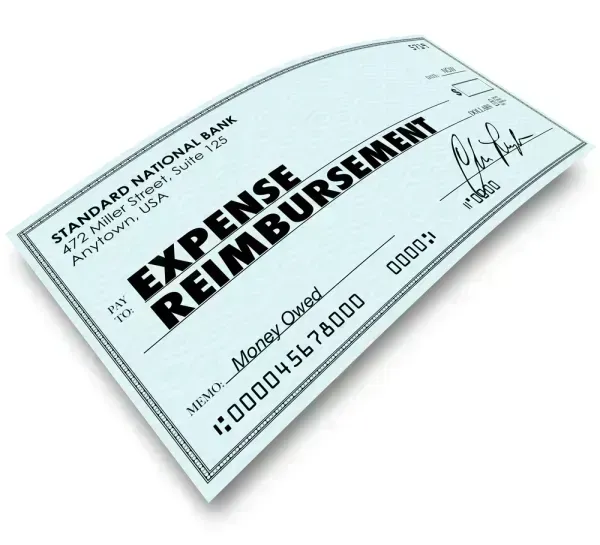Nail Down Strapping Reimbursement With 3 Quick Tips

In many cases, you can bill an E/M code along with strapping.
Strapping might seem like a simple treatment, but there are more details to coding than you might realize -- and missing key items means your bottom line takes a hit with every claim. Review these top rules when coding for injuries that require strapping, so you can be confident of reporting the correct code each time.
Step 1: Understand Unna Boot, Buddy Tape Definitions
Payers generally define strapping as the application of adhesive tape, one layer overlapping the other, to support and/or restrict movement of ligament structures by exerting pressure upon the extremity or other area of the body. Strapping requires specialized skill and knowledge of the anatomical structures as well as application technique, says Betty Ann Price BSN, RN, President and CEO of PRCS, Inc. in Palmetto Florida.
Example 1: Unna boot application is one method of strapping (29580, Strapping; Unna boot). An Unna boot is a paste bandage which consists of gauze that has typically been impregnated with zinc oxide, and may contain other emollients. The bandage is applied to the leg from the toe to the knee by overlapping wraps of impregnated gauze. The Unna boot bandage restricts the volume of the distal lower extremity, controls edema, and promotes venous blood return. The Unna boot is particularly useful for venous stasis ulcers or ankle sprains with severe swelling.
Example 2: Another example of strapping is buddy tape or "buddy splint" (code 29280, Strapping; hand or finger, or 29550, Strapping; toes). This strapping application typically involves wrapping tape around both an injured digit and an adjoining digit to treat a finger sprain or toe fracture. Although the treatment may be referred to as "buddy splint," the procedure is appropriately coded as strapping.
Bottom line: Physicians use a strap to bind surfaces together or to give support to or compress a body part (e.g., wrapping tape around a sprained ankle).
Step 2: Look to Body Area for Code Selection
CPT® arranges strapping codes by body area. Begin with code family 29000-29799 (Application of casts and strapping), then narrow your code choices by anatomic area (body, upper extremity, or lower extremity). Each anatomic section has options for splints, casts, and strapping. In particular, the strapping codes are in ranges 29200-29280 (body and upper extremity) and 29520-29590 (lower extremity).
Example: An established patient reports to your office after stumbling, falling, and hyperextending his ankle while walking his dog. During a Level 3 evaluation and management (E/M) service, the physician diagnoses a sprained ankle. The physician applies layers of web roll followed by adhesive tape to stabilize the ankle followed by application of an elastic bandage to the patient's ankle and foot.
You should use a strapping code in this scenario. On the claim, report the following codes:
99213 (Office or other outpatient visit for the evaluation and management of an established patient ...) to evaluate the injury, rule out additional injuries and manage pain as needed.
Attach modifier 25 (Significant, separately identifiable evaluation and management service by the same physician on the same day of the procedure or other service) to 99213 to show that the E/M care and strapping were separate services.
29540 (Strapping; ankle and/or foot). Modifier LT (Left side) or RT (Right side) may be applied as appropriate to indicate the affected limb.
CD-9 code 845.00 (Sprains and strains of ankle and foot; ankle; unspecified site) linked to 29540 and 99213-25.
ICD-9 code E885.9 (Fall on same level from slipping, tripping, or stumbling; fall from other slipping, tripping, or stumbling) linked to 29540 and 99213-25. In both cases, E885.9 should be listed as the secondary diagnosis, says Kent J. Moore, manager of healthcare financing and delivery systems for the American Academy of Family Physicians (AAFP) in Leawood, Kan.
Plus: Note that the strapping codes include the subsequent removal of the strapping, Moore adds.
Step 3: Keep Up With Payers' Supplies Guidelines
Payers support the use of strapping when the physician has stabilized a joint with non-rigid materials allowing the patient to retain some range of motion, such as tape, web rolls and possibly an elastic (e.g., ACE) bandage. But the sole use of elastic bandages as strapping may be controversial among certain payers.
Preparation: Approach this issue by doing a little research with payers and creating a practice policy specifying which materials are appropriate to use for strapping.
If the payer does not accept an elastic bandage wrap as strapping, then you will likely be limited to coding the appropriate level E/M office visit code. In this case, the payer may allow you to report 99070 (Supplies and materials [except spectacles], provided by the physician over and above those usually included with the office visit or other services rendered [list drugs, trays, supplies, or materials provided]) in addition to the E/M code to capture the cost of the elastic bandage wrap, since such a supply is not usually part of an office visit. Again, you will need to check with payer regarding its policy in this regard.

